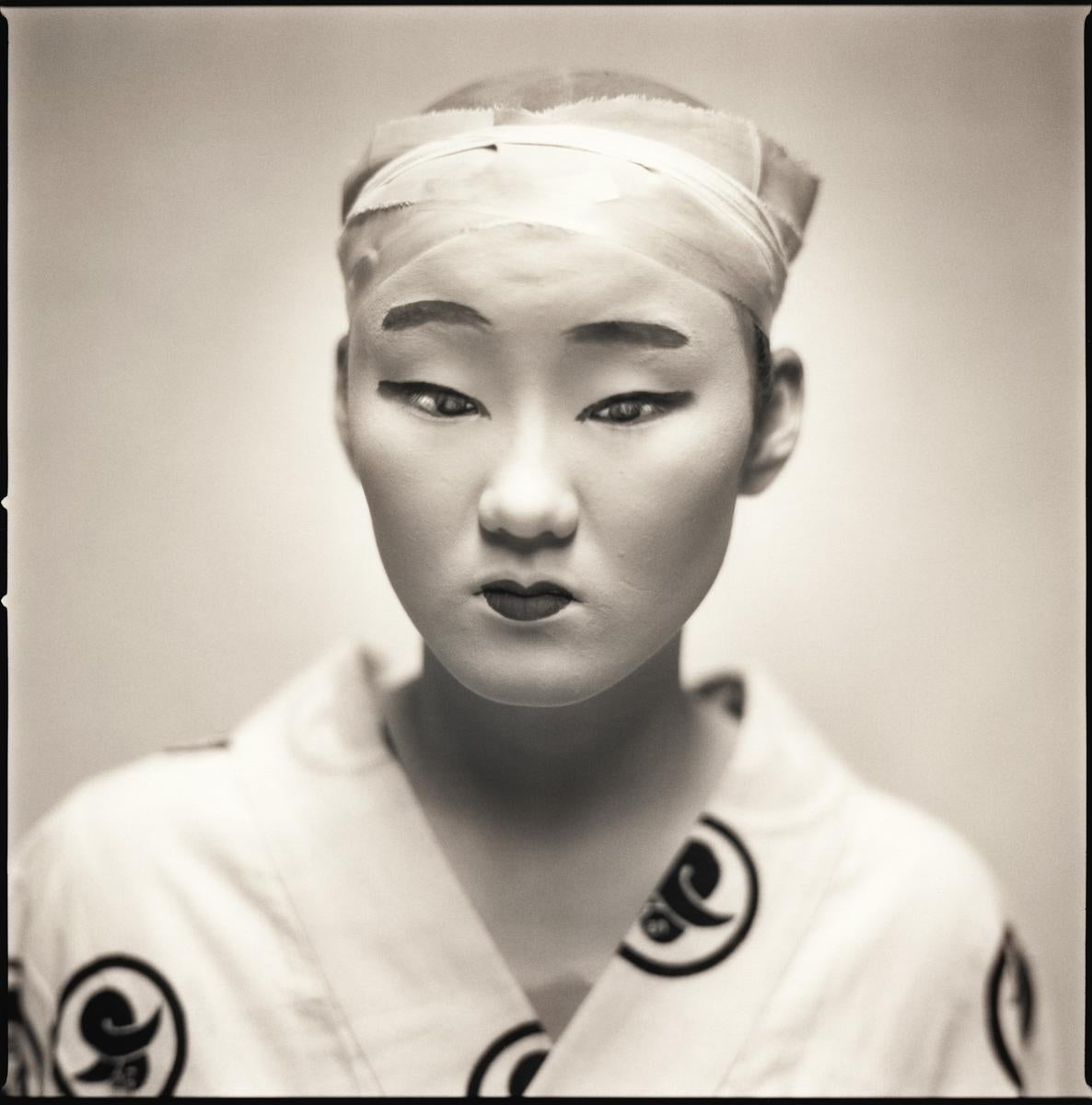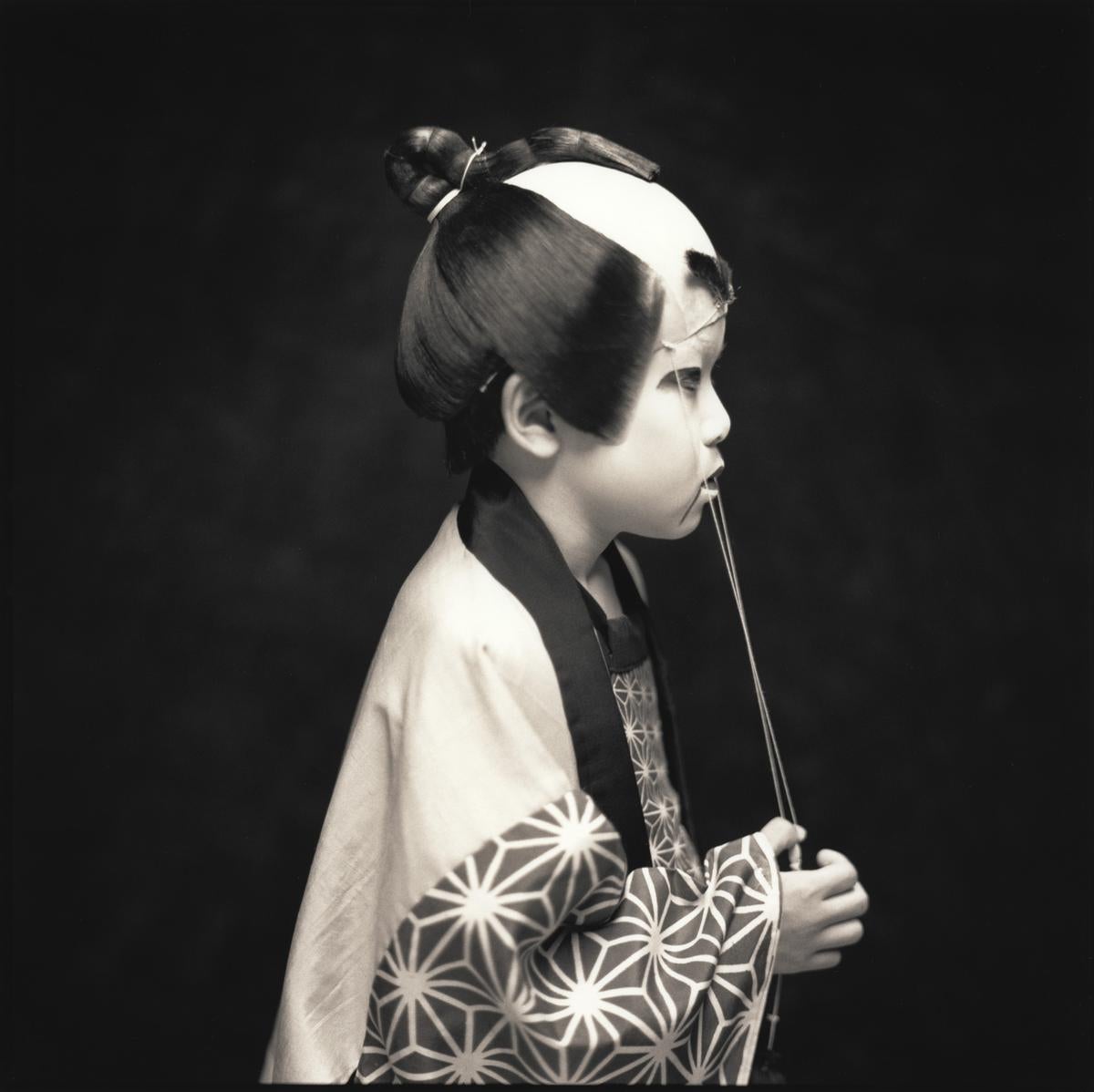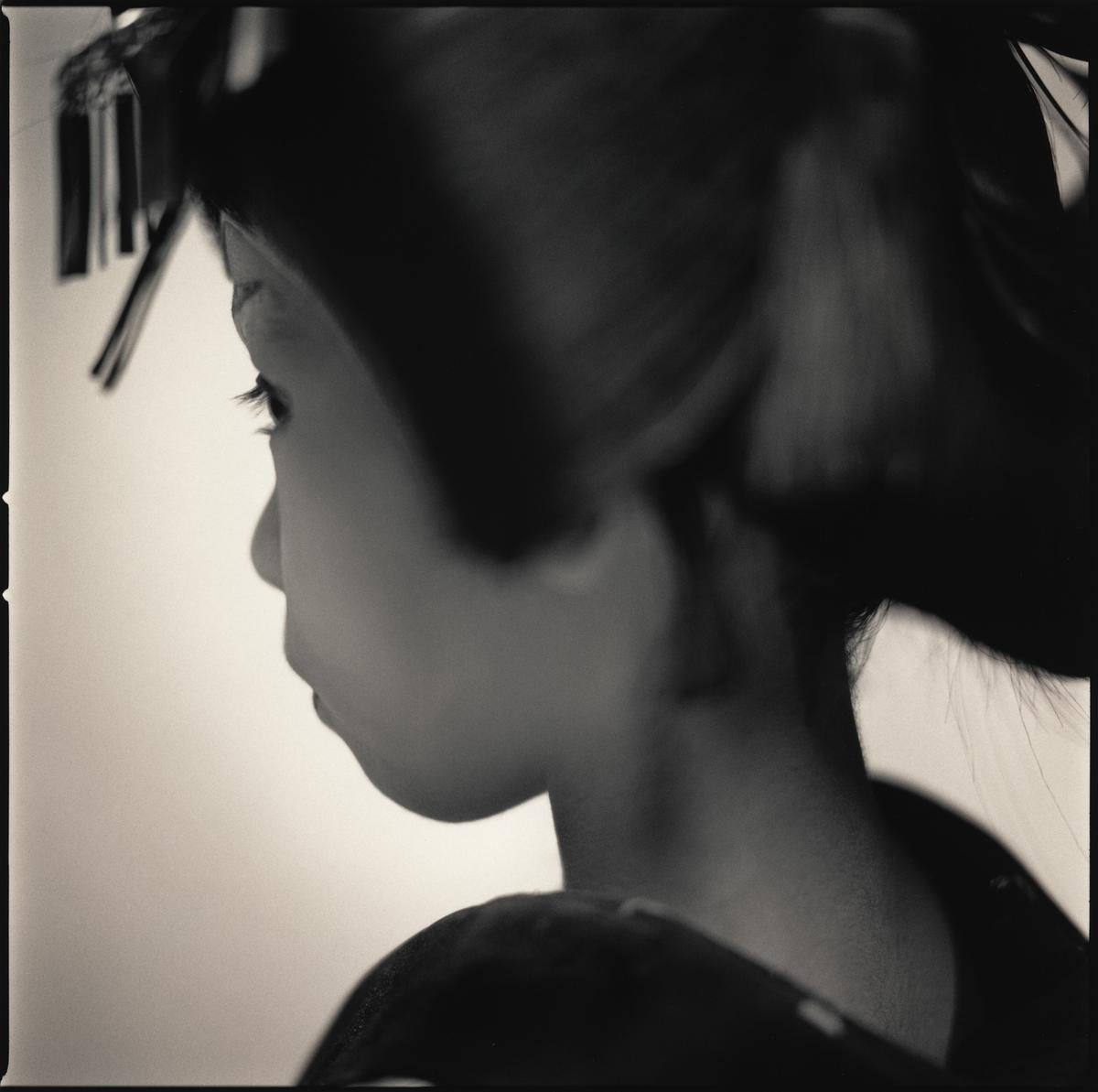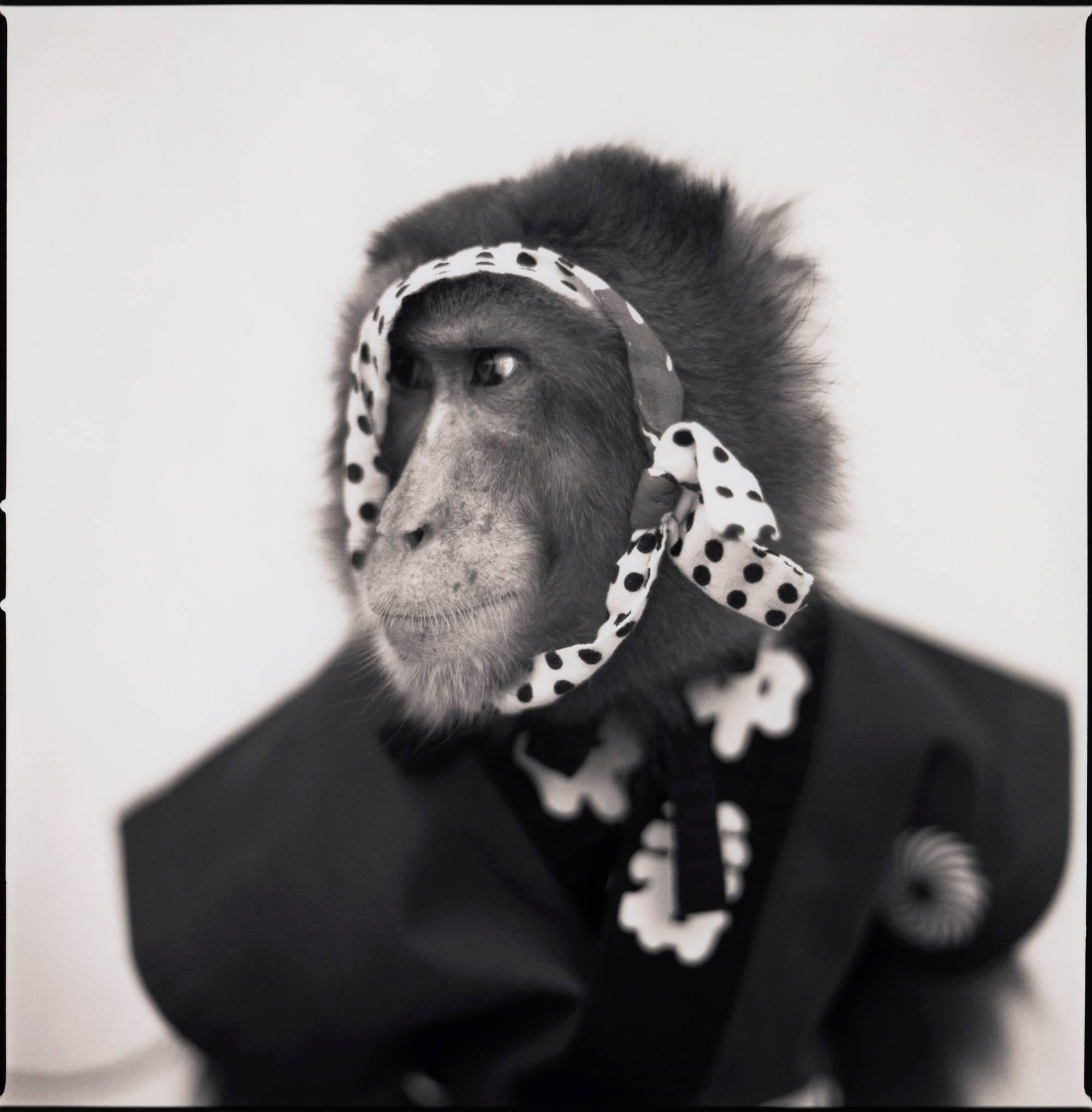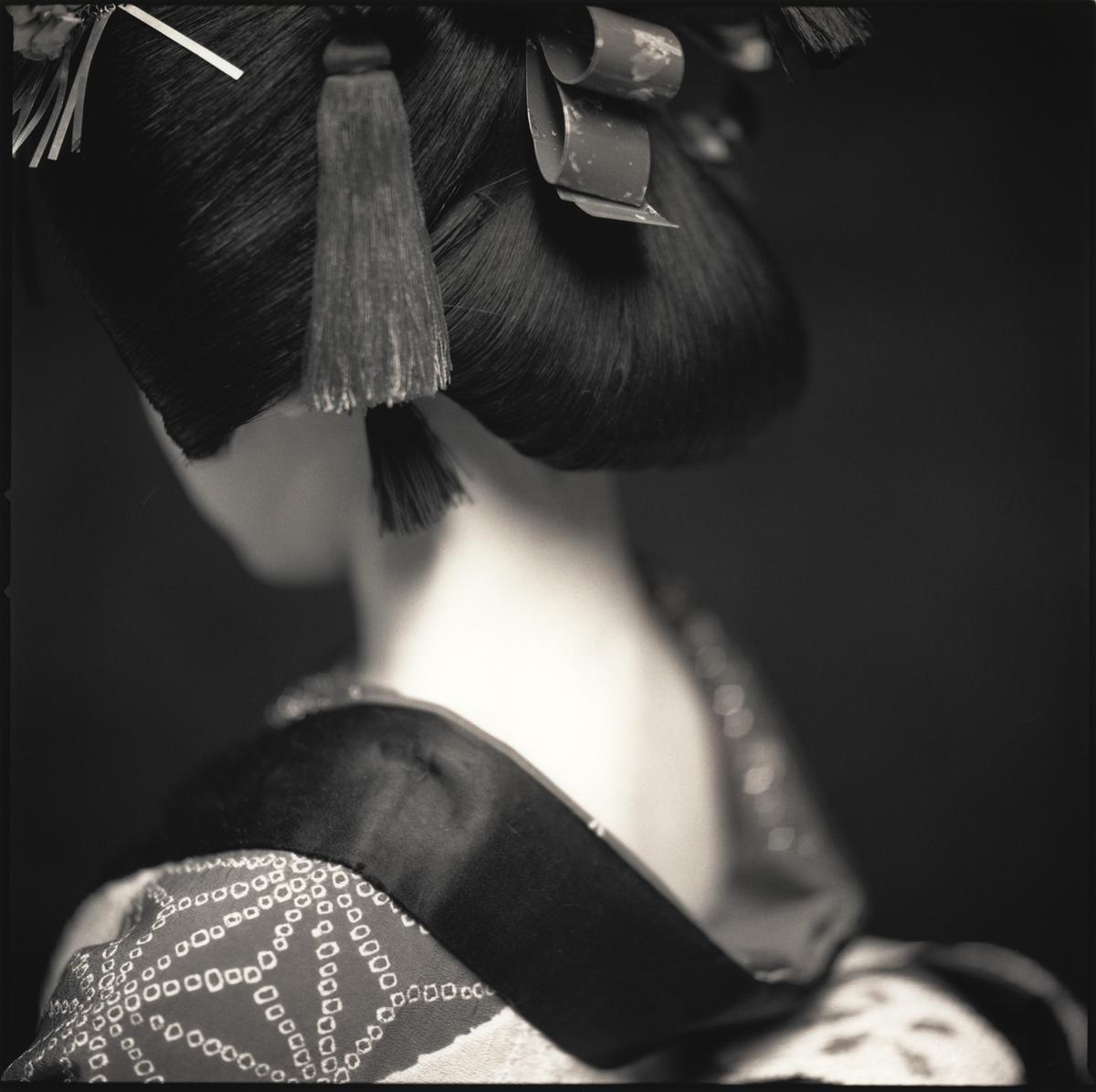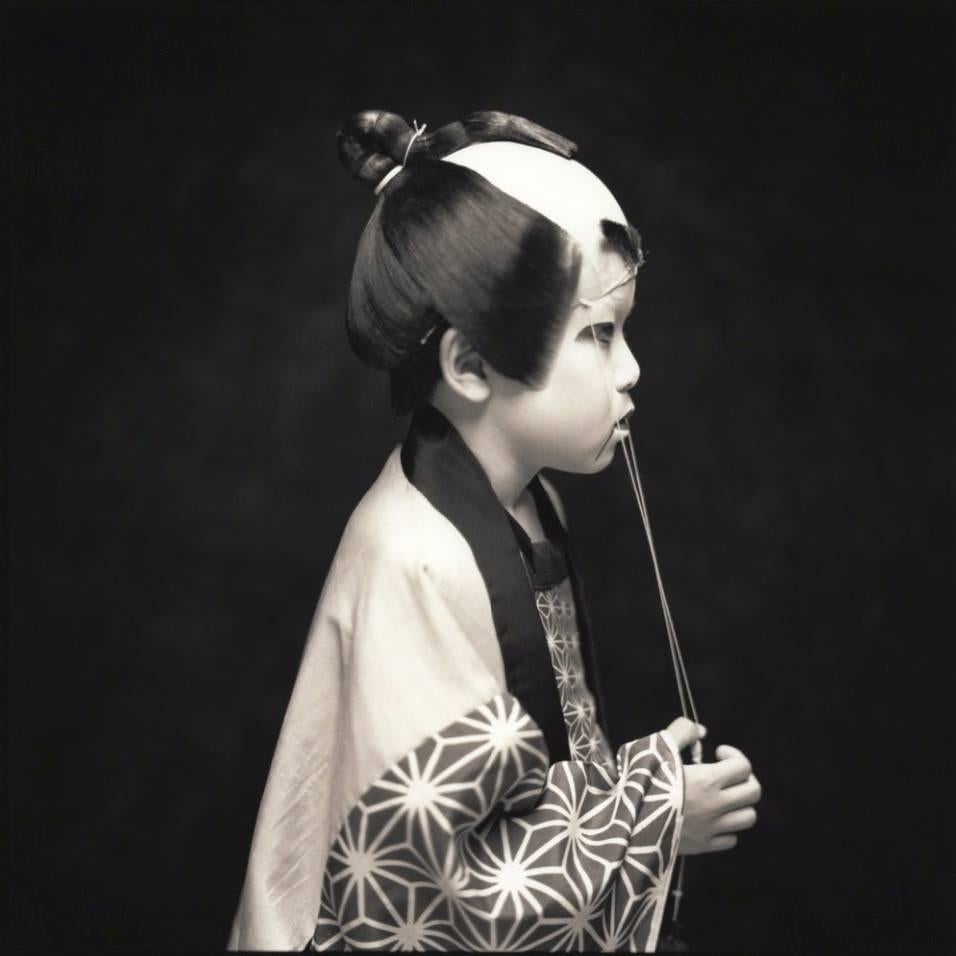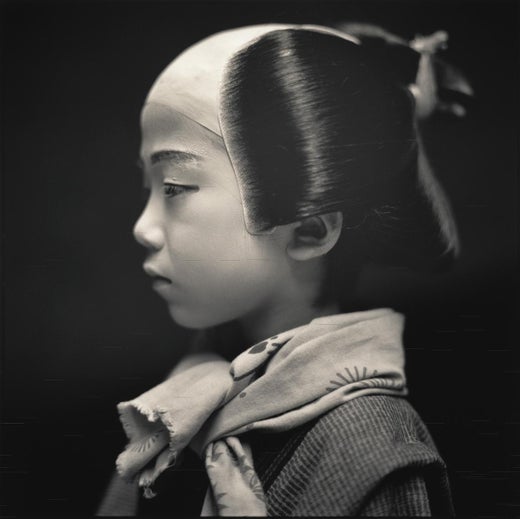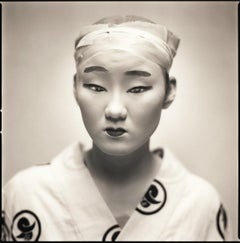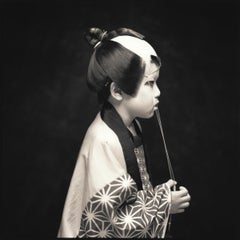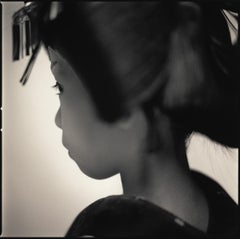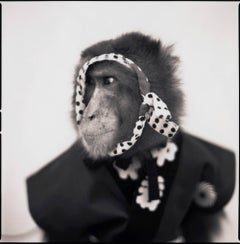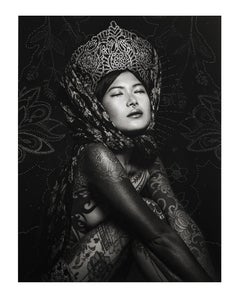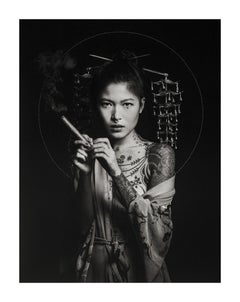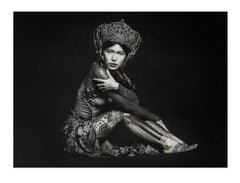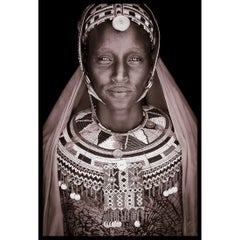Items Similar to Mayuko Nozaki, Matsuo K
Want more images or videos?
Request additional images or videos from the seller
1 of 5
Hiroshi WatanabeMayuko Nozaki, Matsuo K2003
2003
$1,250
£947.67
€1,092.41
CA$1,760.42
A$1,952.18
CHF 1,025.73
MX$23,852.33
NOK 12,833.23
SEK 12,046.18
DKK 8,155.09
About the Item
Those Kabuki players you see in my photographs are not with the mainstream Kabuki companies in Tokyo. They are with localized small groups located in various parts of Japan. They are not professional actors in a sense, as they don’t get paid for their plays. They actually spend quite a lot of their own money to be in the plays. Kabuki is known for lavish make-up, costumes, and stage set-ups. As such, those who want to be in the plays must be committed and prepared. They spend their time and money because of their love for being in the theater—attention they get, pride, prestige, and joy of being part of their tradition. One such company is based in a town called Nakatsugawa. The town is cozily nested at the foot of Japan Alps Mountains. It was situated at the halfway point between Tokyo and Kyoto of the old main road called Nakasendo in Edo era, and because of this strategic location, it flourished as a trading post about three hundred years ago. The town became rich, but had no cultures as they are away from big cities. They had to wait for Kabuki Company to arrive, which comes only once a year. Being tired of waiting, they finally decided to do Kabuki by themselves. They built a theater and hired make-up artists, costumers, and stage craftsmen from Kyoto just for themselves, and they started to play their favorite stories. Thus it became their tradition. I believe good portraits are the ones that show the characters and personality of the subjects--their human beings. I find it a difficult task, as people are so well educated about photographs nowadays. People know how to pose, how to make impressions, and how to look good, and hardly reveal what they really are. Those Kabuki players are also hidden in heavy make-up and wardrobes in a made-up world. But when they sit in front of my camera between plays, they are so much saturated (and worried) in their roles, that they pay very little attention to my existence. They are struck with stage fright and they repeat their lines over and over as I photograph. Remember this is not what they do everyday. On the other hand, they are not afraid of me, or of anyone else, as their faces are shielded by the heavy make-ups. They can be themselves without worrying about other people, as if they were in the masquerade. They feel that no one knows who he or she really is, or at least people know that they were in a fictional world. At those moments, they are much closer to me.
- Creator:Hiroshi Watanabe (1951, Japanese)
- Creation Year:2003
- Dimensions:Height: 10 in (25.4 cm)Width: 10 in (25.4 cm)
- Medium:
- Movement & Style:
- Period:
- Framing:Framing Options Available
- Condition:
- Gallery Location:Sante Fe, NM
- Reference Number:1stDibs: LU134210524492
Hiroshi Watanabe
" I go to places that captivate and intrigue me. I am interested in what humans do. I seek to capture people, traditions, and locales that first and foremost are of personal interest. I immerse myself with information on the places prior to leaving, but I try to avoid firm, preconceived ideas. I strive for both calculation and discovery in my work, keeping my mind open for surprises. At times, I envision images I’d like to capture, but when I actually look through the viewfinder, my mind goes blank and I photograph whatever catches my eye. Photographs I return with are usually different from my original concepts. My photographs reflect both genuine interest in my subject as well as a respect for the element of serendipity, while other times I seek pure beauty. The pure enjoyment of this process drives and inspires me. I believe there’s a thread that connects all of my work -- my personal vision of the world as a whole. I make every effort to be a faithful visual recorder of the world around me, a world in flux that, at very least in my mind, deserves preservation." – Hiroshi Watanabe
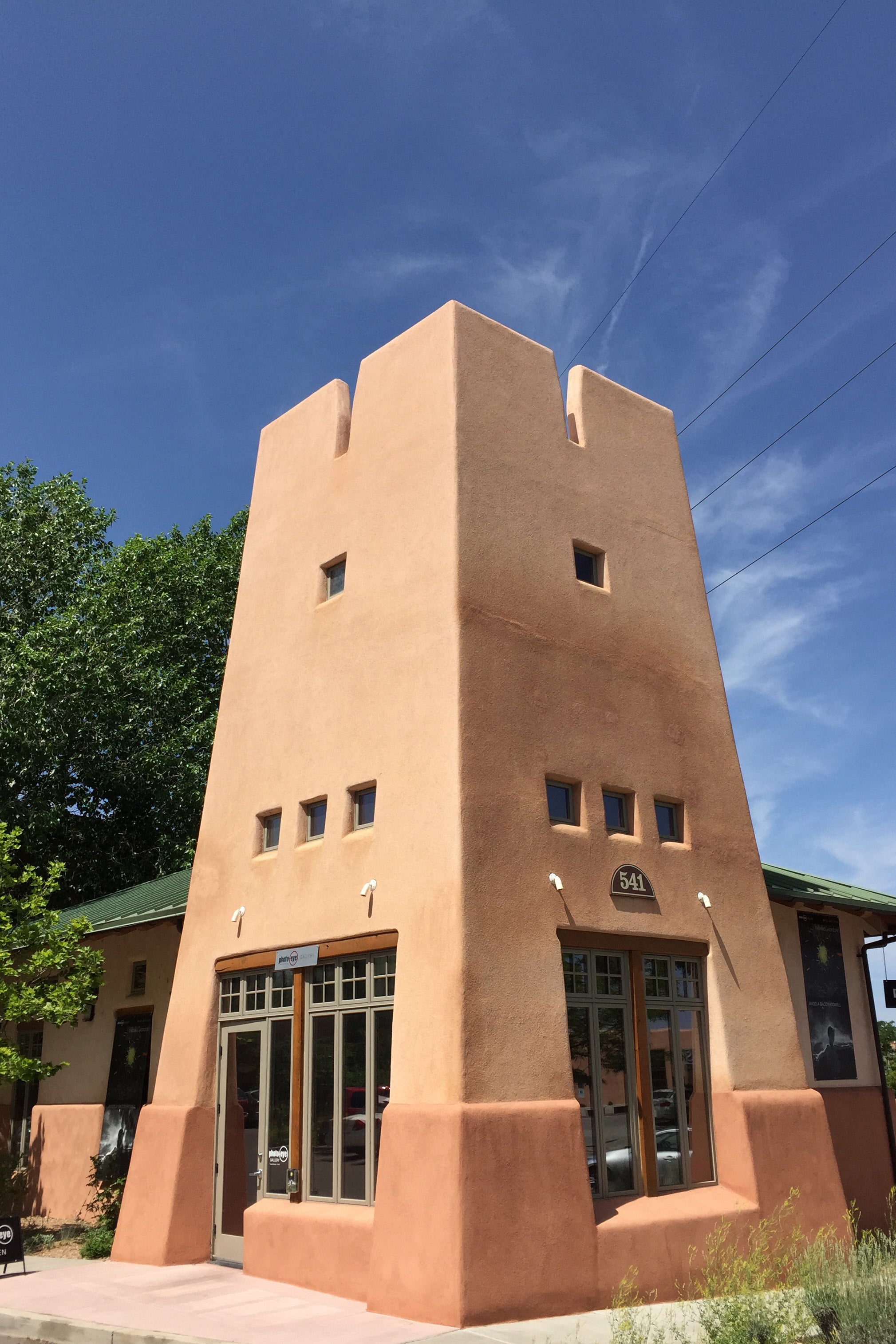
About the Seller
5.0
Vetted Professional Seller
Every seller passes strict standards for authenticity and reliability
Established in 1993
1stDibs seller since 2015
234 sales on 1stDibs
Typical response time: 16 hours
- ShippingRetrieving quote...Shipping from: Santa Fe, NM
- Return Policy
Authenticity Guarantee
In the unlikely event there’s an issue with an item’s authenticity, contact us within 1 year for a full refund. DetailsMoney-Back Guarantee
If your item is not as described, is damaged in transit, or does not arrive, contact us within 7 days for a full refund. Details24-Hour Cancellation
You have a 24-hour grace period in which to reconsider your purchase, with no questions asked.Vetted Professional Sellers
Our world-class sellers must adhere to strict standards for service and quality, maintaining the integrity of our listings.Price-Match Guarantee
If you find that a seller listed the same item for a lower price elsewhere, we’ll match it.Trusted Global Delivery
Our best-in-class carrier network provides specialized shipping options worldwide, including custom delivery.More From This Seller
View AllChikako Suga, Matsuo Kabuki
By Hiroshi Watanabe
Located in Sante Fe, NM
Those Kabuki players you see in my photographs are not with the mainstream Kabuki companies in Tokyo. They are with localized small groups located in various parts of Japan. They are...
Category
Early 2000s Contemporary Black and White Photography
Materials
Silver Gelatin
Yuki Nonaka, Matsuo Kabuki
By Hiroshi Watanabe
Located in Sante Fe, NM
Those Kabuki players you see in my photographs are not with the mainstream Kabuki companies in Tokyo. They are with localized small groups located in various parts of Japan. They are...
Category
Early 2000s Contemporary Black and White Photography
Materials
Silver Gelatin
Marina Ema, Matsuo Kabuki
By Hiroshi Watanabe
Located in Sante Fe, NM
Those Kabuki players you see in my photographs are not with the mainstream Kabuki companies in Tokyo. They are with localized small groups located in various parts of Japan. They are...
Category
Early 2000s Contemporary Black and White Photography
Materials
Silver Gelatin
Aikichi
By Hiroshi Watanabe
Located in Sante Fe, NM
Sarumawashi, literally "monkey dancing" evolved over a 1000-year history in Japan. Ancient Japanese chronicles refer to it as a form of religious ritual designed to protect the horse...
Category
2010s Contemporary Black and White Photography
Materials
Silver Gelatin
Azusa Tukamoto as Osome, Matsuo Kabukii
By Hiroshi Watanabe
Located in Sante Fe, NM
Those Kabuki players you see in my photographs are not with the mainstream Kabuki companies in Tokyo. They are with localized small groups located in various parts of Japan. They are...
Category
Early 2000s Contemporary Black and White Photography
Materials
Silver Gelatin
Yuki Nonaka, Matsuo Kabuki
By Hiroshi Watanabe
Located in Sante Fe, NM
My photographs reflect both genuine interest in my subject as well as a respect for the element of serendipity. I strive for both calculation and discovery in my work, studying my su...
Category
21st Century and Contemporary Contemporary Black and White Photography
Materials
Silver Gelatin
Price Upon Request
You May Also Like
SORCIER
By Reka Nyari
Located in New York, NY
A black and white photographic print, with uniquely handmade puncture designs by the artist, set in a black shadow box frame.
Print is also available in large size: 63'' x 50'' and i...
Category
2010s Contemporary Black and White Photography
Materials
Archival Ink, Archival Paper, Photographic Paper, Black and White, Plexi...
Price Upon Request
PATRONNE
By Reka Nyari
Located in New York, NY
Print is also available in Medium size: 50'' x 40'' and is priced at $13,000. A black and white photographic print, with uniquely handmade puncture designs by the artist, set in a black shadow box frame.
The new series “Punctured Ink” incorporates works from Nyari’s ongoing, portrait project titled “Ink Stories”.
“Ink Stories”, which was introduced at Nyari’s very first solo gallery exhibit, consists of large-scale nude photographs that explore the concept of self-identity and female empowerment. The series joins six women together, each who have faced adversity, to demonstrate the creation of a strengthened self-image through tattoos. By highlighting the intricate woven threads of ink on each woman’s skin, Nyari proposes the idea that self-empowerment and reconciliation with one’s traumas can be linked to the act of greeting one’s “own skin” or inventing their own story.
Nyari has now elevated these intimate photographs in her new Punctured Ink series through the process of puncturing botanical-like references into the surface of each image (thus making each one of a kind). Her inspiration to physically puncture the previously pristine photographic prints stemmed from a childhood memory that occurred while she was living in Finland: “I remembered my parents had this big pad of paper next to the home phone in Finland and I would use my mother’s sewing needles to poke patterns into the paper”.
This nostalgic memory in combination with the longing to apply her physical, painterly abilities resulted in the choice to transform these photographs via puncturing the paper. Unlike painting or drawing on the surface of each print, the raised, brail like holes created leave a permanent result, just as a tattoo does on one’s skin. While the surface of an artwork, like skin, is typically preserved and or avoided, Nyari follows in the subject’s footsteps by purposely destroying the pristine surface in order to create a new narrative. The act taps into a long history of tribal scarification which signified a right of passage, permitting the individual to transcend their past traumas and transforming their evolved selves. This notion grounds all of her works.
In addition, Nyari’s choice to puncture nature-based patterns into each portrait also has its own significance. She stated that when “talking about scarification and getting over trauma, to me, nature is one of the most healing and beautiful elements.”
As Nyari is emphasizing through her photographs, when you add a personal story onto the skin, it is a whole new layer that often becomes biographical. It translates a story to the audience of one’s past, future and wishes. While this concept existed in her previous photographic series, now, through puncturing the surface of each, Nyari is adding another layer of permanence onto her works’ meaning, therefore becoming, as she calls it “ink cubed”.
————————————————————————————————————————————
Born in 1979 in Helsinki, and raised in Finland and Germany, Nyari came to New York City at the age of seventeen. While here, she studied at the School of Visual Arts where she not only began to model but found her passion for photography. Using inspiration from masters such as Helmut Newton and Cindy Sherman, Nyari’s work employs and explores the traditional ideal of beauty and gender to portray sexuality from a predominately female perspective. She utilizes technical elements such as gestures, nudity, the subject’s gaze, objects and more to link this connection of the empowered feminine identity. Her work has been exhibited in numerous galleries throughout the United States and Europe and through such exposure, she has received multiple prestigious awards including the first-place winner of the International Photography Awards in 2010, Beauty Pro Category. Her 225-page Monograph titled “Femme Fatale: Female Erotic...
Category
2010s Contemporary Black and White Photography
Materials
Archival Ink, Archival Paper, Photographic Paper, Black and White, Paper...
Price Upon Request
PHANTASMA
By Reka Nyari
Located in New York, NY
Print is also available in a large size : 56'' x 74'' and is priced at : $19,000. A black and white photographic print, with uniquely handmade puncture designs by the artist, set in a black shadow box frame.
The new series “Punctured Ink” incorporates works from Nyari’s ongoing, portrait project titled “Ink Stories”.
“Ink Stories”, which was introduced at Nyari’s very first solo gallery exhibit, consists of large-scale nude photographs that explore the concept of self-identity and female empowerment. The series joins six women together, each who have faced adversity, to demonstrate the creation of a strengthened self-image through tattoos. By highlighting the intricate woven threads of ink on each woman’s skin, Nyari proposes the idea that self-empowerment and reconciliation with one’s traumas can be linked to the act of greeting one’s “own skin” or inventing their own story.
Nyari has now elevated these intimate photographs in her new Punctured Ink series through the process of puncturing botanical-like references into the surface of each image (thus making each one of a kind). Her inspiration to physically puncture the previously pristine photographic prints stemmed from a childhood memory that occurred while she was living in Finland: “I remembered my parents had this big pad of paper next to the home phone in Finland and I would use my mother’s sewing needles to poke patterns into the paper”.
This nostalgic memory in combination with the longing to apply her physical, painterly abilities resulted in the choice to transform these photographs via puncturing the paper. Unlike painting or drawing on the surface of each print, the raised, brail like holes created leave a permanent result, just as a tattoo does on one’s skin. While the surface of an artwork, like skin, is typically preserved and or avoided, Nyari follows in the subject’s footsteps by purposely destroying the pristine surface in order to create a new narrative. The act taps into a long history of tribal scarification which signified a right of passage, permitting the individual to transcend their past traumas and transforming their evolved selves. This notion grounds all of her works.
In addition, Nyari’s choice to puncture nature-based patterns into each portrait also has its own significance. She stated that when “talking about scarification and getting over trauma, to me, nature is one of the most healing and beautiful elements.”
As Nyari is emphasizing through her photographs, when you add a personal story onto the skin, it is a whole new layer that often becomes biographical. It translates a story to the audience of one’s past, future and wishes. While this concept existed in her previous photographic series, now, through puncturing the surface of each, Nyari is adding another layer of permanence onto her works’ meaning, therefore becoming, as she calls it “ink cubed”.
————————————————————————————————————————————
Born in 1979 in Helsinki, and raised in Finland and Germany, Nyari came to New York City at the age of seventeen. While here, she studied at the School of Visual Arts where she not only began to model but found her passion for photography. Using inspiration from masters such as Helmut Newton and Cindy Sherman, Nyari’s work employs and explores the traditional ideal of beauty and gender to portray sexuality from a predominately female perspective. She utilizes technical elements such as gestures, nudity, the subject’s gaze, objects and more to link this connection of the empowered feminine identity. Her work has been exhibited in numerous galleries throughout the United States and Europe and through such exposure, she has received multiple prestigious awards including the first-place winner of the International Photography Awards in 2010, Beauty Pro Category. Her 225-page Monograph titled “Femme Fatale: Female Erotic Photography...
Category
2010s Contemporary Black and White Photography
Materials
Archival Ink, Archival Paper, Photographic Paper, Black and White, Plexi...
Price Upon Request
Merayun - Photograph by John Kenny, C-type Print with Acrylic Face-Mount
By John Kenny 1
Located in Coltishall, GB
A portrait of Merayun, a Rendille woman from northern Kenya in 2019.
John Kenny’s work is all shot on location in some of the remotest corners of Africa. His images are all taken wi...
Category
21st Century and Contemporary Other Art Style Black and White Photography
Materials
C Print
Merayun - Photograph by John Kenny, C-type Print with Acrylic Face-Mount
By John Kenny 1
Located in Coltishall, GB
A portrait of Merayun, a Rendille woman from northern Kenya in 2019.
John Kenny’s work is all shot on location in some of the remotest corners of Africa. His images are all taken wi...
Category
21st Century and Contemporary Other Art Style Black and White Photography
Materials
C Print
Merayun - Photograph by John Kenny, C-type Print with Acrylic Face-Mount
By John Kenny 1
Located in Coltishall, GB
A portrait of Merayun, a Rendille woman from northern Kenya in 2019.
John Kenny’s work is all shot on location in some of the remotest corners of Africa. His images are all taken wi...
Category
21st Century and Contemporary Other Art Style Black and White Photography
Materials
C Print
More Ways To Browse
Vintage Photos Japan
Sex Photography
Black Americana
Vintage 60s Photography
Wild Horses
Black And White Horse Photography
Vintage Subway Signs
Vintage Car Signs
Theatre Photography
Set Of 12 Framed Prints
Woman Nude Black And White
Sexy Art
Black And White Photography Of Flowers
Vintage Chicago Photography
90s Photography
Horse Limited Prints
Large Format Camera Used
Vintage Fred
